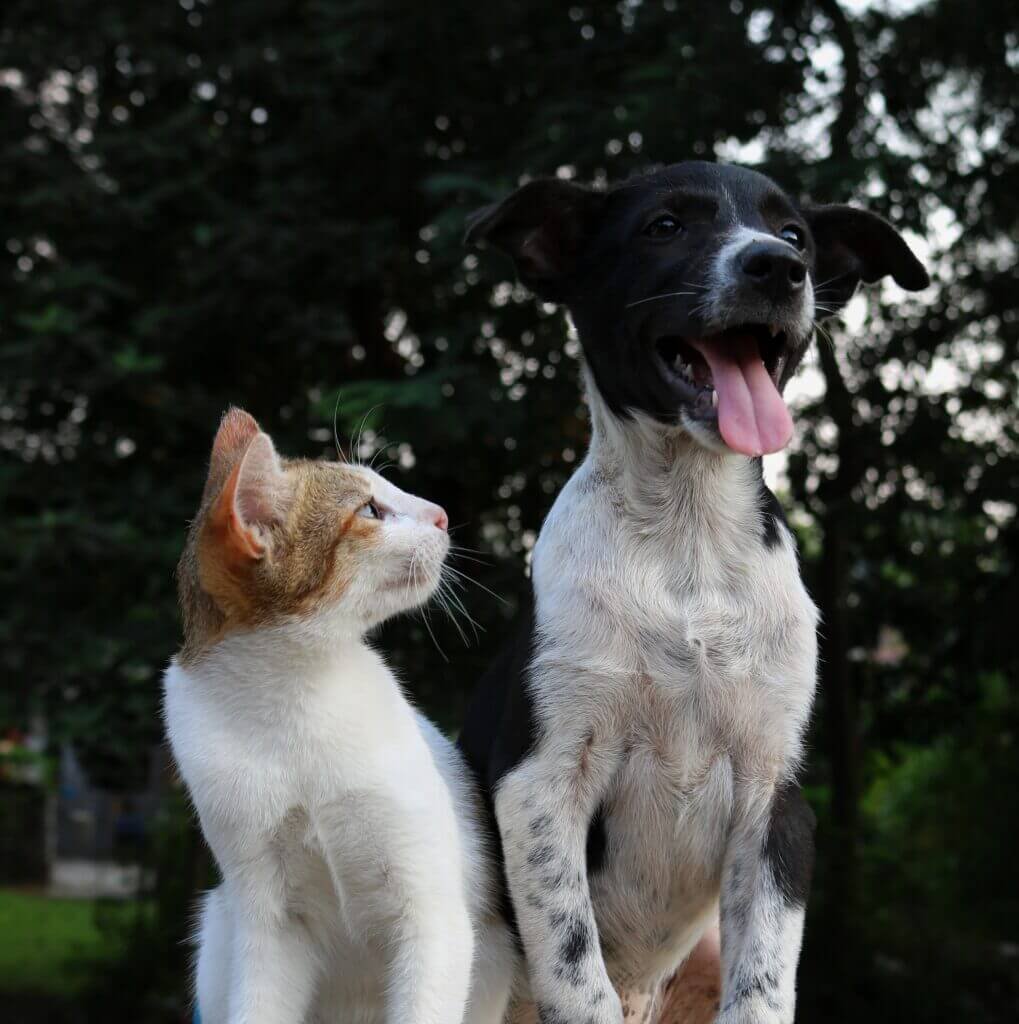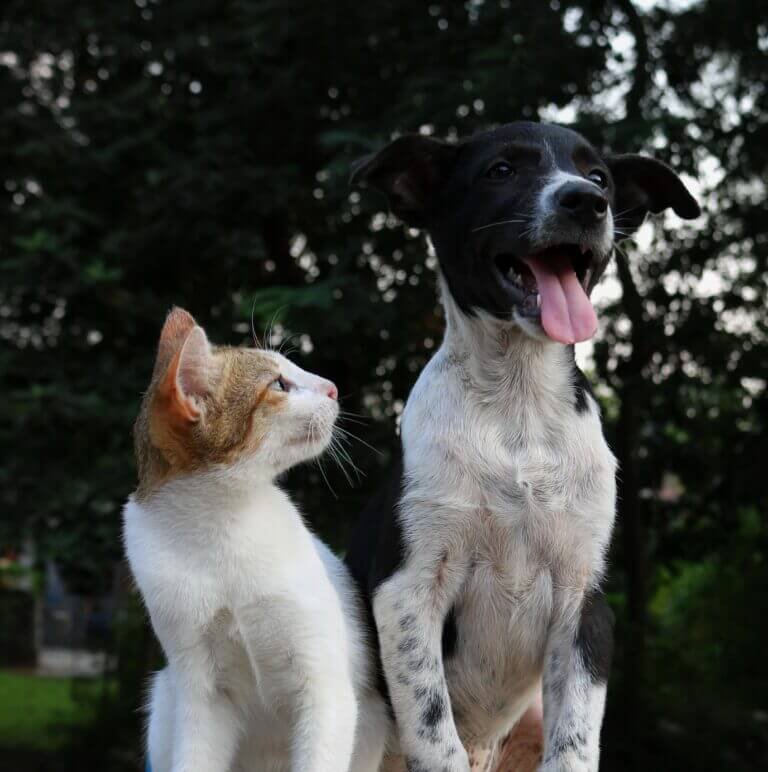Pets bring joy, companionship, and unconditional love into our lives. However, amidst the growing popularity of having pets, a significant issue has emerged – pet overpopulation. This concerning problem gives rise to a myriad of adverse consequences, affecting not only the animals themselves but also communities and individuals. From straining resources to increasing the burden on animal shelters, the effects of pet overpopulation are far-reaching. It is essential to understand and address this issue to ensure the well-being of our furry friends and our society as a whole.
Health and Well-being of Animals
Overpopulation of pets can have severe consequences for the health and well-being of animals. The strain on shelters and animal rescue organizations is one of the major concerns. With limited space and resources, these organizations may struggle to provide adequate care and attention to every animal in their care. This can result in overcrowded conditions, increased stress levels, and the potential for the spread of diseases among the animals.
Ready for Cat Trivia?
Test your knowledge about cats!

Furthermore, the increased incidence of neglect and abuse is another unfortunate consequence of pet overpopulation. When there are more animals than available homes, some owners may resort to neglecting or abusing their pets. This can lead to physical and emotional harm, causing suffering and long-lasting negative effects on the animals’ overall well-being.
Additionally, the overpopulation of pets contributes to the spread of infectious diseases and parasites. When animals live in close quarters with limited access to veterinary care, it becomes easier for illnesses and parasites to spread. This poses a significant risk not only to the animals themselves but also to the human population, as some diseases can be transmitted from animals to humans.
Financial Burden
Pet overpopulation also imposes a significant financial burden on both individuals and society as a whole. The cost of sheltering and caring for excess animals is substantial. Shelters and rescue organizations often struggle to cover the expenses associated with providing food, shelter, veterinary care, and other necessary resources for such a large number of animals. This financial strain can lead to compromised care and a reduced quality of life for the animals in their custody.
Moreover, the burden extends beyond the shelters. Public health expenses also increase as a result of pet overpopulation. The spread of infectious diseases and parasites among animals can potentially lead to outbreaks that require costly medical interventions, such as vaccinations and treatments. These expenses can place additional pressure on healthcare systems and taxpayers, diverting resources that could be used for other urgent needs.

Environmental Impact
Pet overpopulation has significant environmental consequences, primarily in terms of ecological disruption and loss of biodiversity. When pets are abandoned or allowed to roam freely, they can have a detrimental impact on ecosystems. They may prey on native wildlife, disrupt natural habitats, or compete with indigenous species for food and resources. Over time, this can result in imbalances in ecosystems, leading to a loss of biodiversity and stability.
Moreover, the overpopulation of pets leads to an overconsumption of resources. The demand for food, water, and other necessary supplies increases exponentially as the number of pets grows. This puts a strain on natural resources, including land, forests, water sources, and energy. Overconsumption can lead to deforestation, depletion of natural habitats, and increased pollution, further exacerbating environmental issues.
Community Issues
Pet overpopulation creates various community issues that can have a broad impact on society. One such issue is the strain it puts on animal control services. When there are too many animals without homes, animal control agencies are burdened with the responsibility of handling stray and abandoned pets. Their resources become stretched, making it challenging to respond to other community needs or emergencies effectively.
Furthermore, public safety concerns arise due to the overpopulation of pets. An excess of stray or feral animals can pose a risk to the community, especially if they become aggressive or carry diseases. It becomes a challenge to ensure the safety of individuals, particularly children and vulnerable populations, when there are uncontrolled populations of animals in urban areas.

Economic Consequences
The economic consequences of pet overpopulation are far-reaching. One impact is the decreased value of purebred animals. When there is an oversupply of pets, the demand for specific breeds decreases. This can lead to a decline in the value of purebred animals, making it difficult for breeders to recoup their investments. This, in turn, can discourage responsible breeding practices and potentially result in the loss of unique and genetically diverse breeds.
Additionally, the decreased demand for pet-related products and services is a significant economic consequence of pet overpopulation. When there are too many pets without homes, there is less demand for pet supplies, such as food, toys, and accessories. This can have a negative impact on businesses that rely on the pet industry, potentially leading to financial losses and job cuts.
Negative Impact on Other Species
Pet overpopulation can have a detrimental effect on other species, particularly wildlife. Predation and competition for resources are two significant issues that arise when pets, such as cats and dogs, are allowed to roam freely. They may prey on native wildlife, disrupt the natural balance, and contribute to the decline of vulnerable or endangered species. Additionally, the destruction of wildlife habitats occurs when pets encroach upon natural areas, leading to the loss of crucial breeding and foraging grounds.

Human Health Risks
The overpopulation of pets has implications for human health too. Allergies and asthma are common health risks associated with pet ownership, and this risk increases exponentially when there is a surplus of animals. When there are more pets in the community, there is a higher potential for individuals to develop allergies or experience asthma symptoms, particularly in sensitive individuals.
Moreover, the overpopulation of pets also increases the risk of zoonotic disease transmission. Zoonoses are infectious diseases that can be transmitted from animals to humans. The more animals there are, the higher the probability of disease transmission occurring. This poses a significant public health concern as zoonotic diseases can range from mild illnesses to severe infections with potentially devastating consequences.
Spillover Effect on Stray and Feral Populations
Pet overpopulation contributes to the growth of stray and feral populations, which has its own set of consequences. The strain on animal control and public health systems is intensified when there are significant numbers of stray animals. These systems are responsible for addressing issues related to stray animals, such as capture, sterilization, and finding suitable homes. With limited resources, controlling and managing the population becomes increasingly difficult, putting additional pressure on already stretched services.
Moreover, the growing population of stray and feral animals can lead to predation on native species. When these animals are left to fend for themselves, they may resort to hunting native wildlife for sustenance. This predation can disrupt fragile ecosystems and threaten the survival of vulnerable species, further impacting biodiversity.

Ethical Considerations
Pet overpopulation raises important ethical considerations. Euthanasia and mass killing are unfortunate but sometimes necessary measures taken to control the surplus population. When the number of animals exceeds available resources, shelters often face the difficult decision of euthanizing healthy animals to manage the population. This raises ethical dilemmas about the value of life and the responsibility society has to ensure the welfare of animals.
Additionally, pet overpopulation contradicts animal rights and welfare principles. It is unethical for animals to suffer due to human negligence or inadequate care. The inability to provide suitable homes and meet the needs of every animal contributes to their suffering and compromises their well-being. Addressing pet overpopulation is a moral imperative to uphold the principles of compassion and responsible stewardship towards animals.
Impact on Adoption and Foster Organizations
The overpopulation of pets also creates challenges for adoption and foster organizations. When there are more animals than available homes, competition for limited resources intensifies. Adoption organizations may struggle to find suitable homes for all the animals in their care, resulting in extended stays or euthanasia for some animals. Fostering programs may also face difficulties in recruiting and retaining foster families, making it harder to provide temporary care and rehabilitation for vulnerable animals.
Moreover, the difficulty in finding suitable homes for excess animals can lead to overcrowding and diminished quality of life in shelters. With limited space and resources, shelters may struggle to provide individualized attention and care, potentially compromising the animals’ chances of being adopted or finding long-term loving homes.
In conclusion, pet overpopulation has wide-ranging effects that impact both animals and humans. The strain on shelters, increased neglect and abuse, spread of diseases, financial burdens, ecological disruption, community issues, economic consequences, impact on other species, human health risks, spillover effect on stray populations, ethical considerations, and challenges faced by adoption and foster organizations all emphasize the urgent need to address pet overpopulation through responsible pet ownership, education, and efficient population control measures. By working together, we can ensure the health, well-being, and harmony of both our beloved pets and the environment they inhabit.



